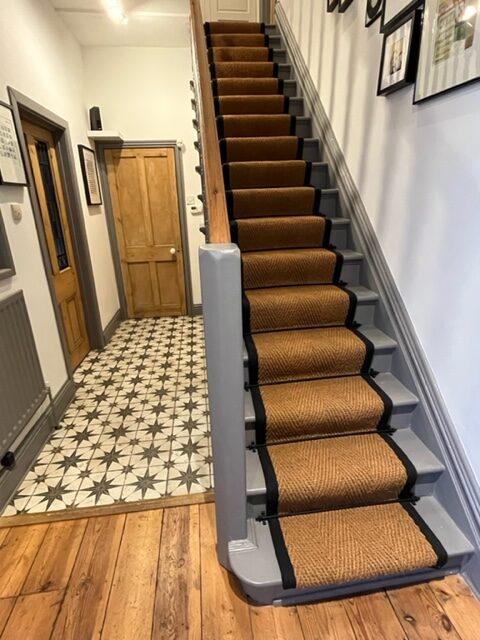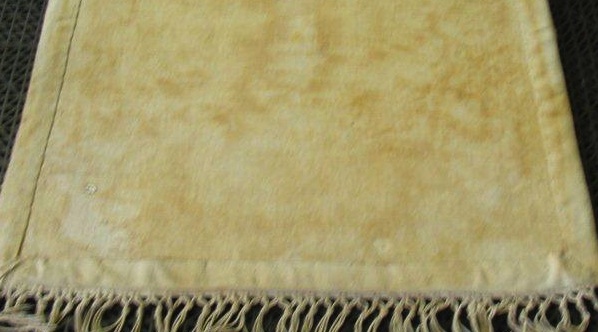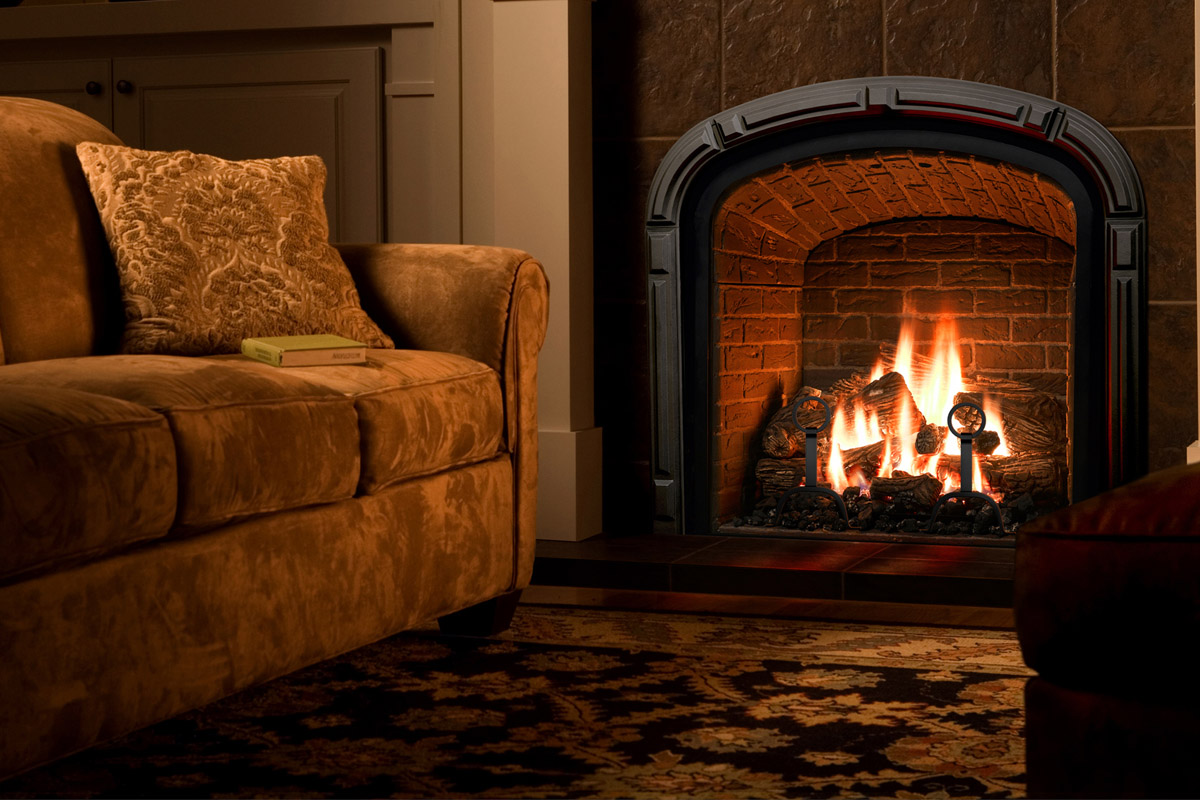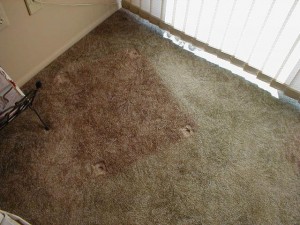THE BEST CARPET RUNNER FOR STAIRS?
Choosing the right carpet runner for stairs can be a minefield . There are so many choices , from cheap synthetics to traditional wool and designer Eco friendly Sisal . It is useful before buying a new carpet runner for stairs to know the different carpet characteristics and benefits .
“When times are tough and purse strings are tightened , it can be tempting to go for the least expensive carpet runner for stairs option ,” says David Cormack , marketing director for Cormac Carpets . “ But consumers should be aware that although cost is often the major driver , overall value and suitability for purpose must also be considered .
Polypropylene is a versatile polymer . It serves double duty , both as a plastic and as a fiber . Versatile , cheap and shiny as it is, polypropylene is the classic example of “all that glitters is not gold”
1.It requires MORE cleaning .
Polypropylene is not soil resistant. Its fibers are plastic and have smooth strands which means there’s no place to “hide” soil so it simply sticks to the outside of the fibers . Rugs and carpet runner for stairs get duller and uglier faster as a result . This means you clean your synthetic rugs after months on the floor rather than after a year or two with your wool rugs .
2. They wear and yellow faster .
Polypropylene is a non-resilient fiber. Because they are plastic, they do not have longevity, and do not wear well with abrasion .
Home improvement stores often carry olefin (polypropylene) carpet for homes (because it’s CHEAP!) , but this is the absolute worst fiber to have for residential homes because it simply does not hold up to foot traffic . If crushed , it does not bounce back to its original shape easily .
Olefin, polyester , and acrylic can get worn after just a few months on the floor .
3. They are STICKY and SCRATCHY . (Regular vacuums will not help you .)
The most maddening thing about these cheaper synthetic rugs and carpet runner for stairs for their owners , and for the professional cleaners who are asked to clean them, is that they grab everything and are tough to get to release lint , hair , and grime .
These new are next to impossible to get looking super clean because professional cleaners need to literally try to “pull away” what washing does not release row by row . This construction type also cannot be surface cleaned with today’s tools , so sometimes you get rugs that require much more labor to clean, exceeding what was paid for the rug in the first place . Because they are plastic, and not soft to the touch . They aren’t rugs or carpet runner for stairs that feel great when you walk on them barefoot, and kids certainly are not going to want to roll around on them .Although it is stain-resistant , it is very difficult to remove stains that are oil-based . They tend to become permanent quickly.
Polypropylene is an oil-lover and will soak it ,making it difficult to remove even with a vacuum . Also , shampooing the rug won’t help as it is water-resistant and will make the water droplets float on top itself .Quite often , Olefin is in a glue-down situation , which creates a potential to brown from soil wicking from the base of the yarns due to incomplete soil removal .
4. They are petroleum products , so they are not sustainable resources.
These plastic fibers are made from petroleum . There are some people who are not aware that synthetic fibers are plastic . They may not want to own them due to political , or environmental , or perhaps health reasons .
5. You will never say “WOW” after these synthetic rugs or are cleaned .
KONICA MINOLTA DIGITAL CAMERA
What’s great about being a cleaner of wool rugs is that there is always a “wow” between when a client brings it in dirty , to when it is clean again .
One of the drags about having more synthetic rugs on the market today is that often the buyers of these rugs are not aware they are synthetic , and after they pay good money for a good cleaning , the “after” look of the rug is better but never a “wow .”
6. Susceptible to heat and Has a high flammability
It should be noted that hot liquids present a different problem . If a hot drink for example is spilt , it is possible that the heat of the liquid , can in some circumstances simulate the original dyeing conditions and bond the stain . Also , as you might imagine , the fiber of these types of carpet can melt if subjected to sources of heat . For this reason , it would be unwise to use them in a room where you might have cinders spitting out from an open fire , or possibly where there would be any risk of dropped cigarettes .
Although its melting point is around 300 °F , it can get damaged even at lower temperatures . Even if you drag a furniture over it , it may melt and leave a permanent mark because of the heat generated by friction .
7. It is susceptible to UV degradation
The quality of polypropylene rugs deteriorates if exposed to heavy sunlight unless the rugs are chemically modified .
8 . Various Health Risks
Polypropylene rugs contain toxic byproducts which when inhaled may cause certain problems like headache , allergies , dizziness , or nausea .
They sometimes tend to emit volatile organic compounds (VOCs) that may outgas . These gases are the “new carpet” smell that you get when the carpet is new . When installed newly , it has the tendency to emit some toxic gases . If your rug is treated chemically and unprotected , then make sure that you keep the area well-ventilated . Since it is mostly used for wall-to-wall carpeting and is usually glued to the floor , make sure that you choose the less toxic ones as the adhesives may also off-gas chemical fumes .
So before purchasing any , make sure you research thoroughly .






